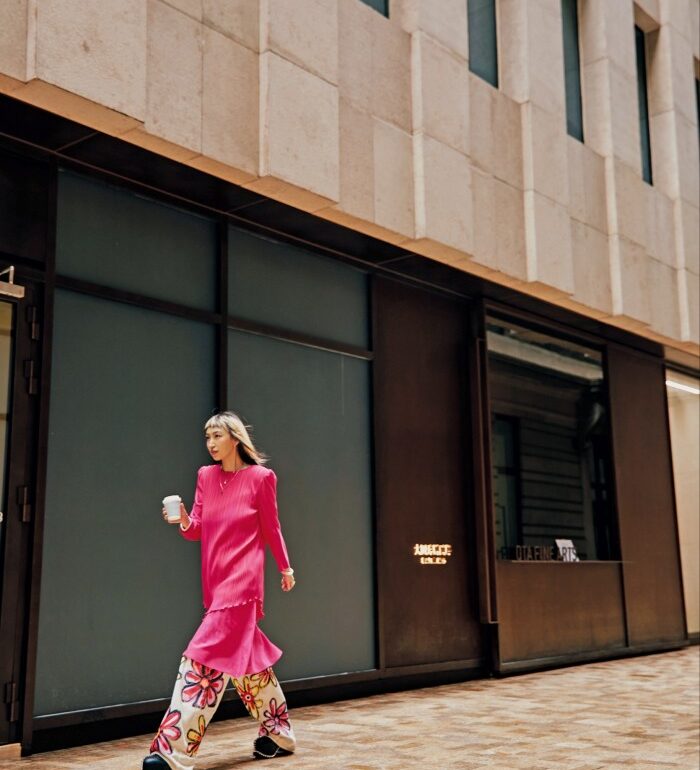Unlock the Editor’s Digest for free
Roula Khalaf, Editor of the FT, selects her favourite stories in this weekly newsletter.
In February, I relocated back to Shanghai – the city where I grew up – though I still live part-time in New York. In my previous role at the Guggenheim, I always looked to the Rockbund Art Museum to see which regional artists I should pay attention to. The museum leads a lot of conversations about contemporary art in Asia, and just launched a biennial of architectural thinking. It was built in 1933 for the Royal Asiatic Society, then restored by David Chipperfield and reopened in 2010. At the north-west end of the waterfront Bund neighbourhood, the whole Rockbund area has just reopened after an 18-year preservation project, renovating 11 historical buildings and creating a new Museum Plaza, and all overseen by Chipperfield.
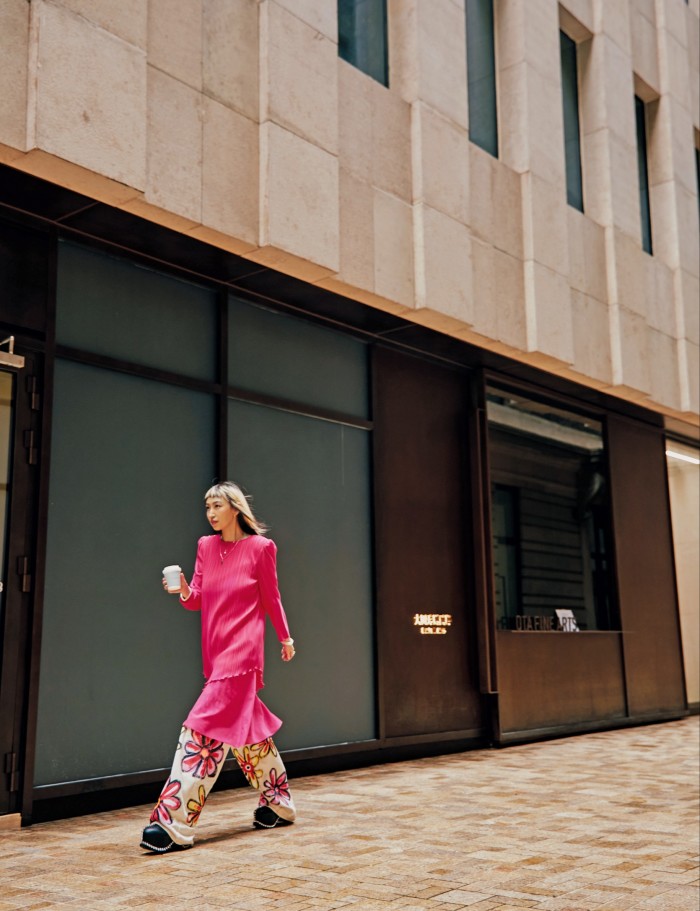
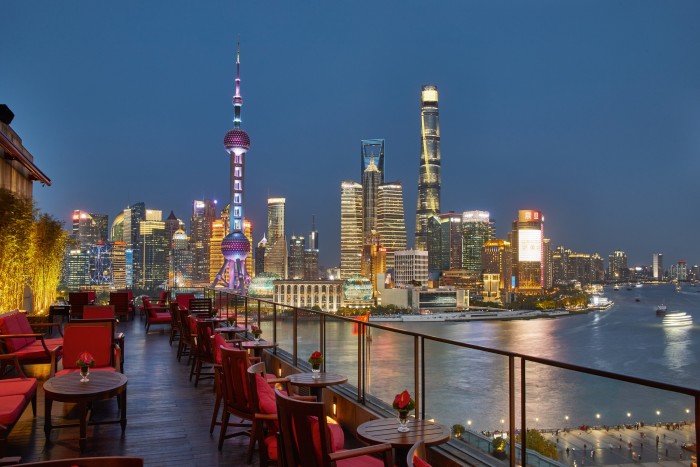



Next to the museum is Urban-Archeo – a research group founded by Shanghai historian Xu Ming to think about local history through architecture and urban development, where you can visit a library and buy old city maps. In the historic Yuanmingyuan Apartment building, there’s an amazing design studio called Uniiit. And I love that there’s a music studio nearby, called Moin. It runs classes – from classical piano to DJing – and hosts pop-up performances.
The area is a hub of indie businesses, from tea shop Basao to Broshop bike shop, which offers rentals and tours along the Huangpu River. Naive is a fantastic bookshop and café run by the Chinese publisher Imaginist. I love its artisan coffees, which are made with the care of cocktails. I had one recently with coconut milk in it and chocolate crumbles on top. On the second floor, there’s a speakeasy bar designed like an apartment, including a bathroom where the bathtub is filled with books.
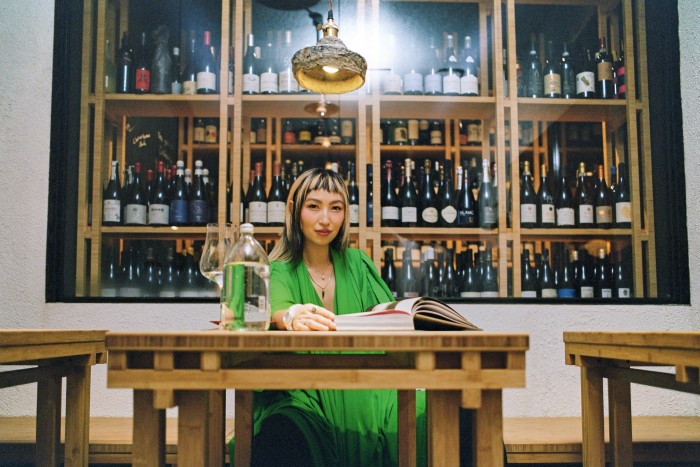



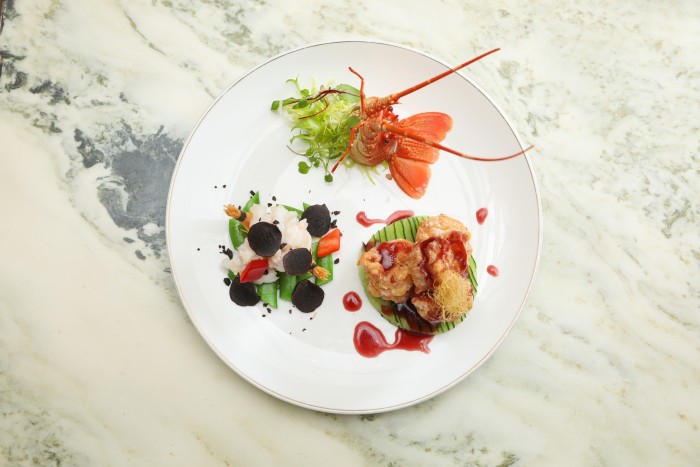



For food, I recommend Rongji 95. It’s a more casual dining option from the founder of upscale restaurant chain Xin Rong Ji – widely considered to serve the most exquisite Chinese cuisine. This new seafood bistro is less expensive, but still delicious. They also have great wine – Chinese and international – and an open kitchen, which is a new concept in China.
Outside the Bund area, Yuan You Tao is somewhere that a friend took me to recently and I was blown away. It doesn’t look like a Chinese restaurant at first. It’s designed for small intimate gatherings. And the food is incredible. It’s a modern take on the spicy cuisine of Hunan province.
Many of my favourite bars and clubs are around Changle Road. One of the most popular places is On The Road Store, where you drink on the street. It’s fun; you’ll find good conversations there. I also like the clubs Heim and All. Shanghai has an interesting techno scene, with local and international DJs. Xiangyang Park is a cool spot; it’s where elderly citizens come to dance and exercise – but no longer just to traditional Chinese music. It could be K-pop or Beyoncé; it’s like an off-the-cuff street dance-off.
Nearby, I’m a fan of Labelhood. It’s an incubator for local fashion talent where I discover new designers, such as Shushu/Tong, Oude Waag or Uma Wang. Another place I like is Looknow, a concept store where there’s fashion, but also books and objects.
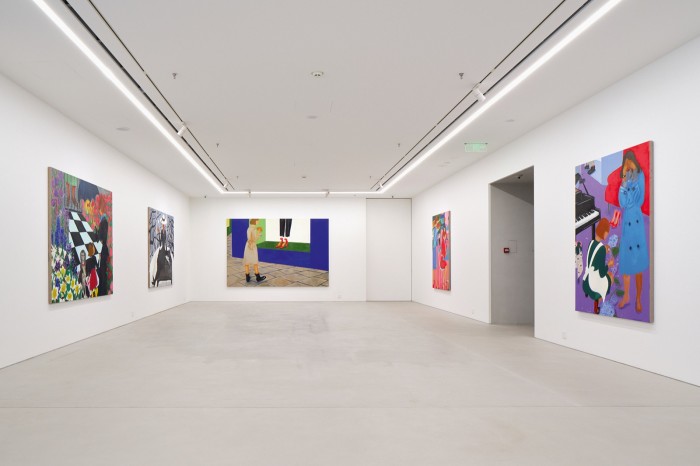



For galleries, M50 was originally known as an art district in Shanghai, but recently it has really declined. The only place still worth visiting, to my mind, is Antenna Space, which I consider to be one of the most interesting galleries in the city. Now more galleries are gathering in the Bund neighbourhood: international galleries like Lisson, Perrotin and Almine Rech, but also Ota Fine Arts, which started in Tokyo; and Hive Center for Contemporary Art, a Beijing gallery that recently opened here.
This month, the Shanghai Biennale opens at the Power Station of Art – China’s first state-run contemporary art museum, housed in a former power station. You can walk there from the Rockbund Art Museum, and we are showing two solo exhibitions by Asian women artists to coincide with the event: Chinese-born Tan Jing and Indian-born Singaporean artist Shubigi Rao.
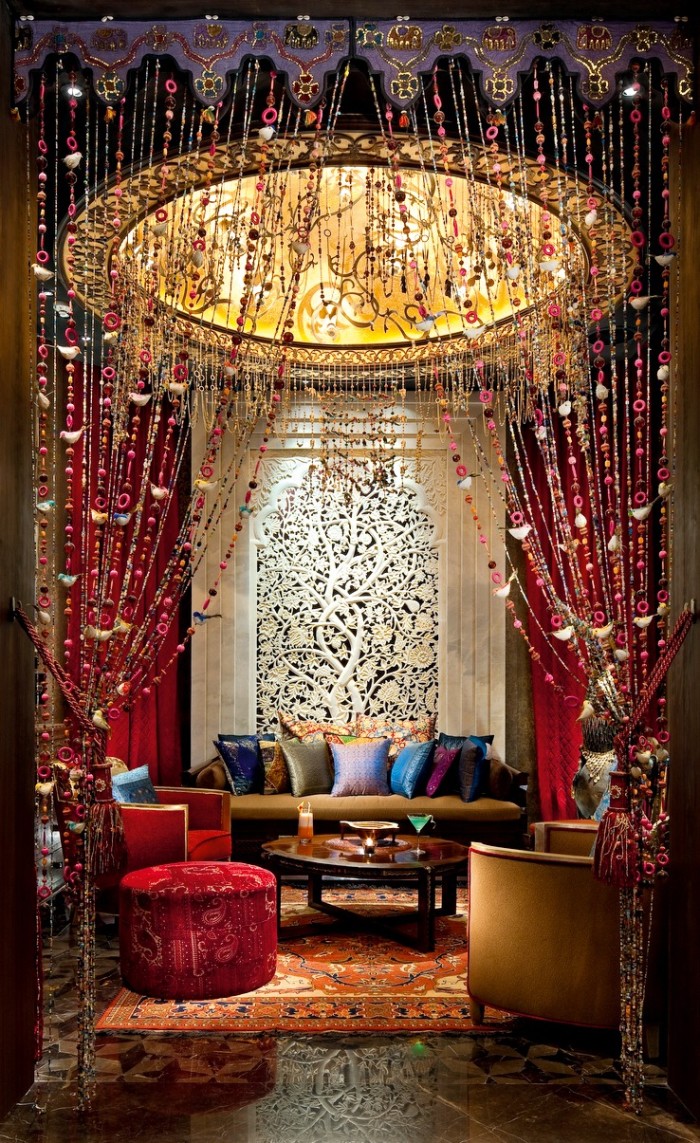



For places to stay, I’d recommend either the PuLi – for a tranquil spot in the heart of the Jingan district – or The Peninsula, a go-to for its consistently great service and excellent location. It has a great view of the Pudong area with its Oriental Pearl Tower.
Shanghai has changed so much in recent years. Coming back now it feels like a very different city – sometimes I don’t even recognise it. It feels very young and energised at this particular moment. I really want people to come and visit.
This post was originally published on this site be sure to check out more of their content.




